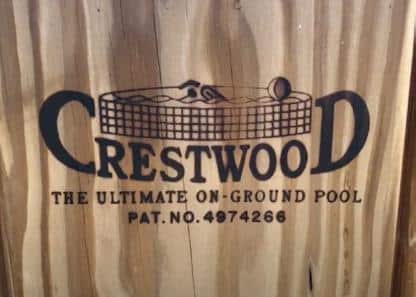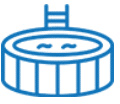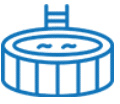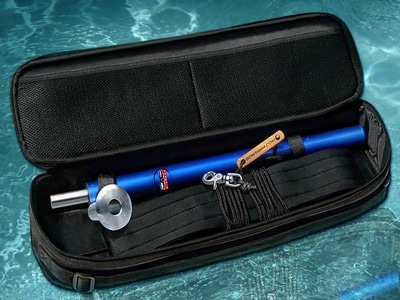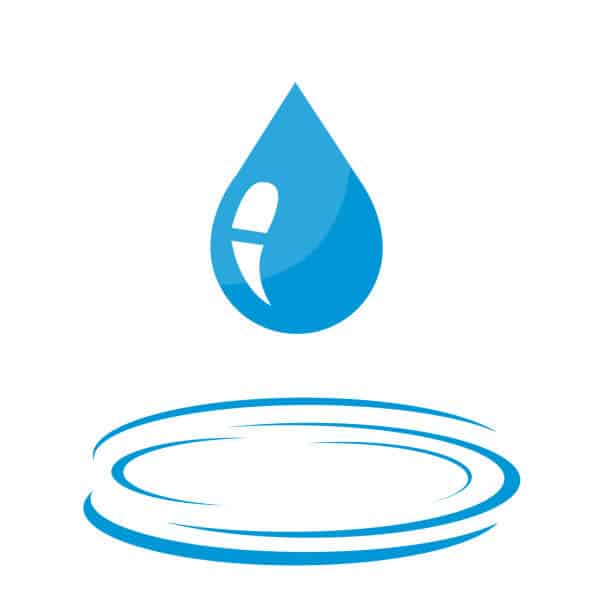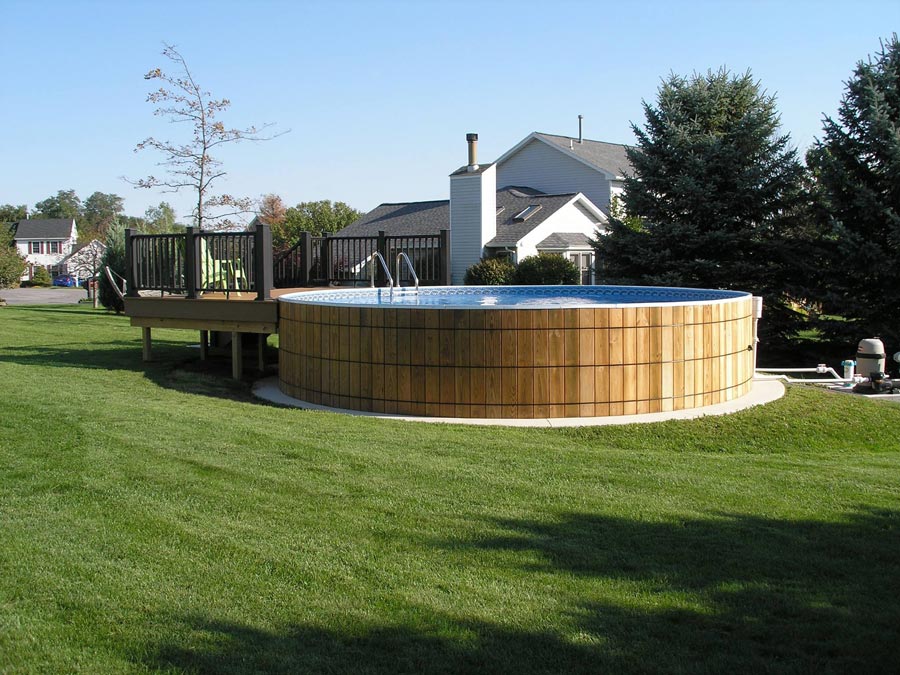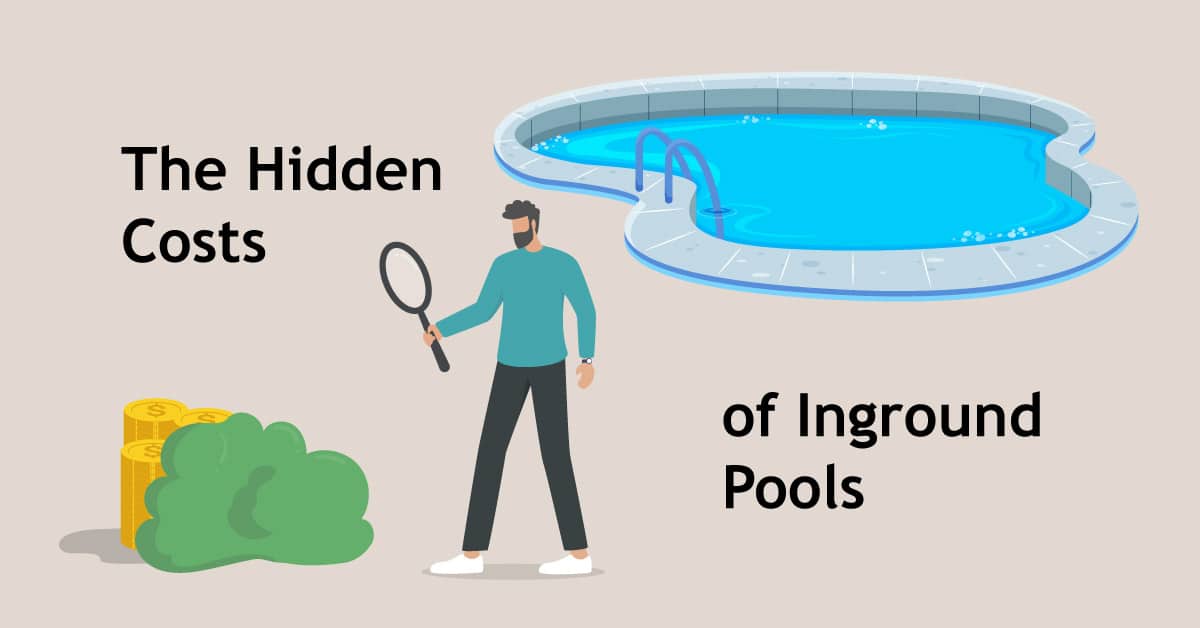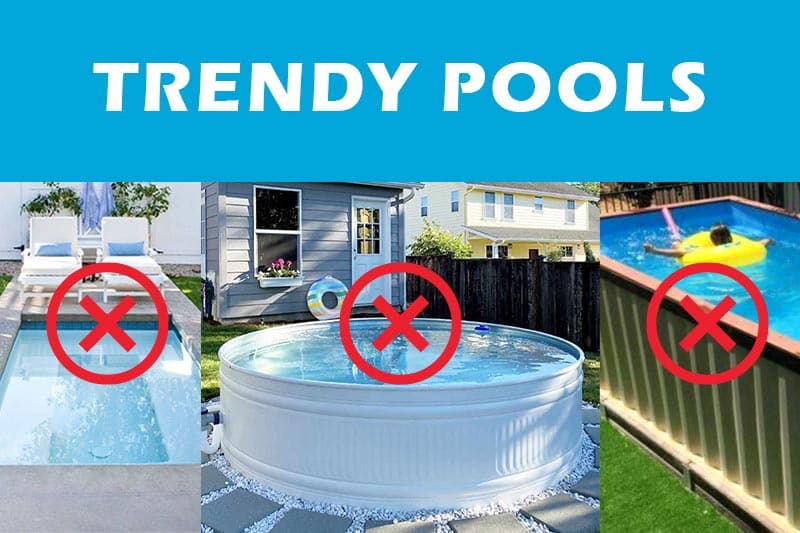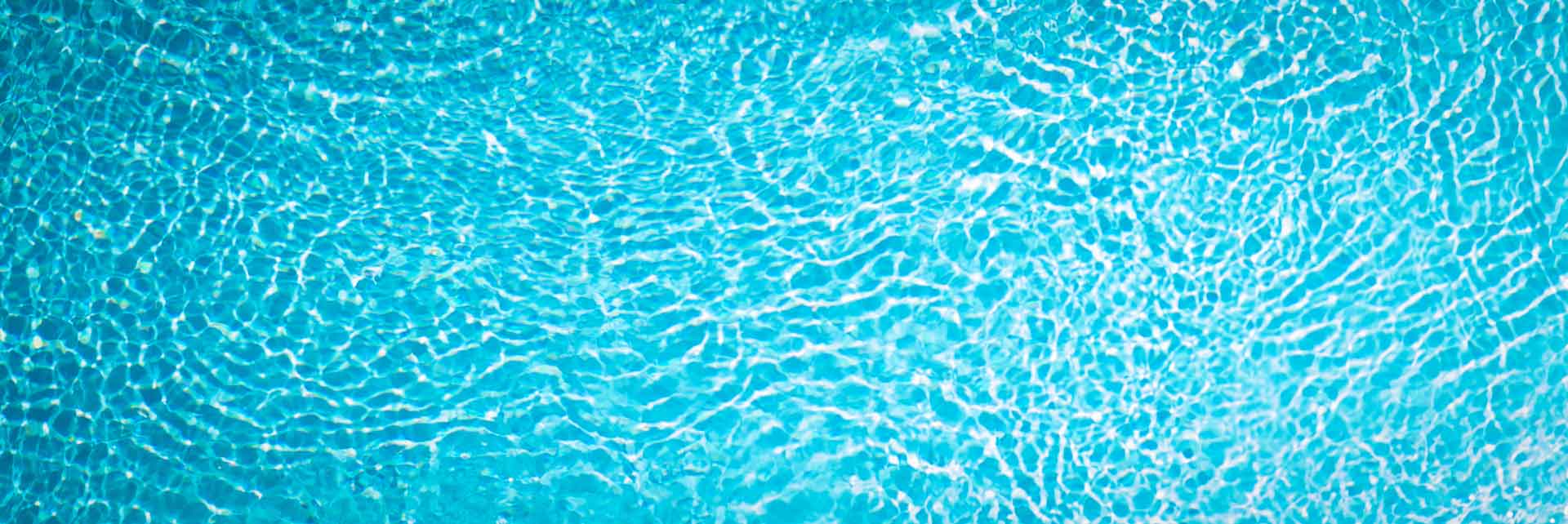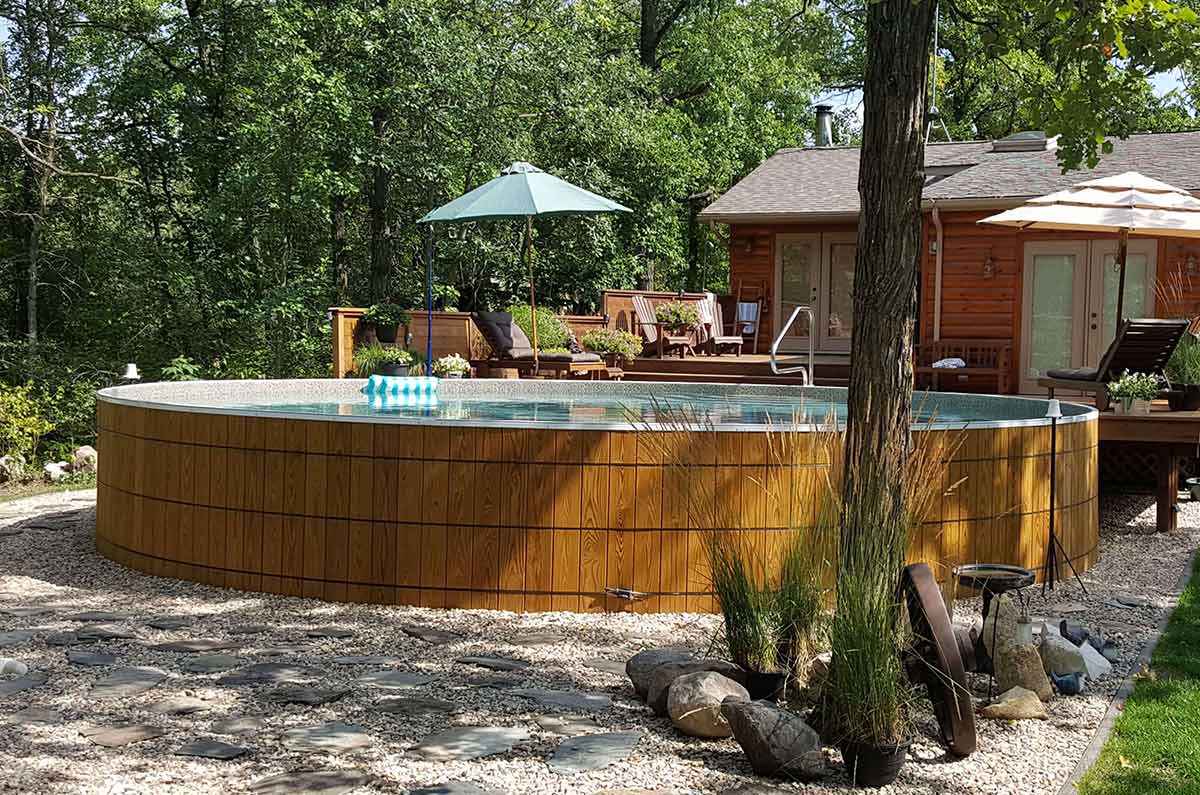It’s a sunny day and your backyard is filled with laughter and splashes. You’ve got an above ground pool, and it’s the perfect spot for your family to play and relax.
It sounds great, right? This dream is why many people think about getting a pool. But there’s a big question that comes with it: “How long do above ground pools last?”
When you’re dreaming of a pool, you’re not just thinking about the fun times next summer. You’re hoping for years and years of good times in that pool. But here’s the thing: not all pools are the same.
Join us as we explore above ground pools!
The World of Above Ground Pools Uncovered
Above-ground pools have a long history, dating back to 1907. They began as simple structures for those who couldn’t afford in-ground pools, but they’ve transformed into popular backyard features, thanks to their affordability and ease of installation.
Initially, above-ground pools were basic and accessible, but now they come in a wide variety of designs and materials. This evolution has made them sturdier and more adaptable to almost any backyard and budget. Over time, these pools have grown from simple setups to becoming vibrant centerpieces in many outdoor spaces.
Material Mastery
When it comes to building above ground pools, the materials matter a lot.
All-Vinyl construction is a popular choice because it’s affordable and feels nice to touch. But it can get damaged more easily than other materials.

Metal pools, especially those made of steel or aluminum, are very strong. They can handle a lot of use and don’t get damaged easily. However, steel can rust, and aluminum can be expensive.
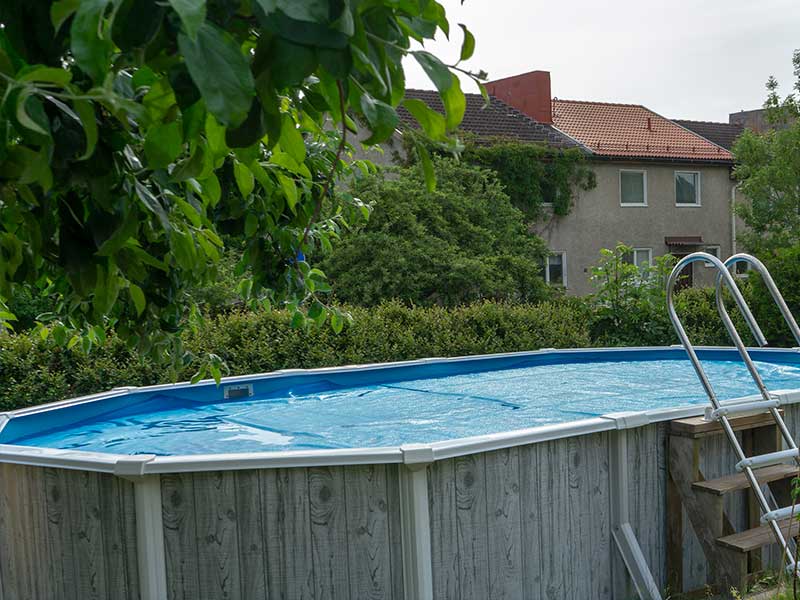
Wooden pools, like the ones Crestwood makes, are unique. They look amazing and can last a really long time, over 30 years, if taken care of properly. They blend in with your garden or backyard, giving everything a more natural look.
Each material has its pros and cons, affecting how long your pool will last and how it will look in your backyard.
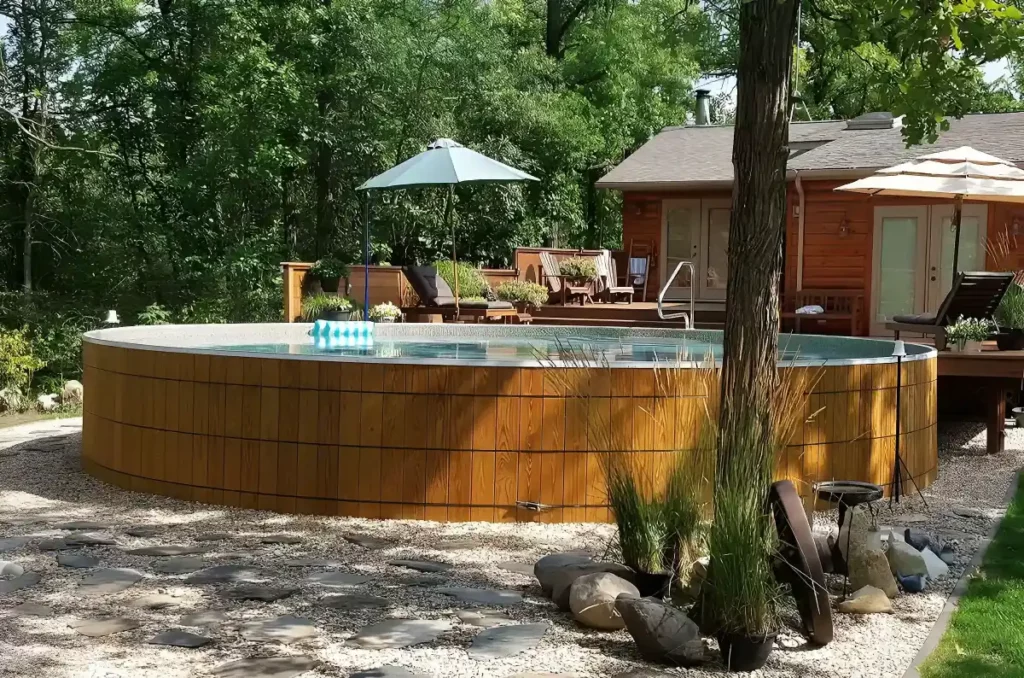
Design Dynamics
Now, let’s talk about how these pools are put together. There are a few different designs out there.
Traditional metal-wall pools were once the most common above ground choice. They have metal walls and a vinyl liner inside. They’re pretty sturdy and can be a good choice for a lot of families.
Then there are wooden pools, like Crestwood’s. They take the idea of a pool and turn it into something special. These pools are growing in popularity because they use wood for their structure, making them stand out because of naturally beautiful aesthetics, longevity, and insulating characteristics.
The wooden design isn’t just for looks; it also helps the pool blend into your backyard, making it feel like a natural part of your outdoor space.
Whether it’s the classic metal-framed pool or the innovative wooden design, the choice you make will shape your backyard oasis.
Crestwood’s approach shows us that with the right materials and design, an above ground pool can be much more than a place to swim. It can be a focal point of your home and yard, where memories are made for many years to come.
The Lifespan Saga: How Long Do Above Ground Pools Last?
Ever wonder how long your above ground pool will stay in your backyard’s summer hotspot? The lifespan varies widely, influenced by the pool’s:
- Material
- Maintenance
- Location
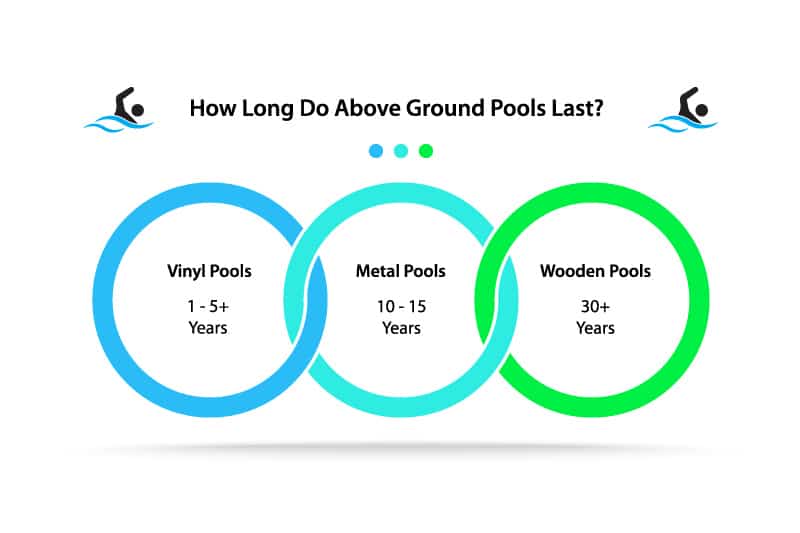
All-vinyl pools are on the more affordable end but tend to have a shorter life, often lasting between 1 to 5+ years. If you’re gentle and take good care of it, you might stretch that out a bit longer.
Metal pools bring a bit more durability to the table. With proper above ground pool maintenance, these can enjoy a good 10 to 15 years under the sun. However, watch out for rust, particularly with steel pools, as it can significantly shorten their lifespan.
Wooden pools, especially those from Crestwood, are built to last. With the right upkeep, these beauties can serve your family for over 30 years. They are lasting additions to your home’s landscape.
The elements play a part too. Harsh winters, relentless sunshine, and heavy use can all wear down your pool quickly. It’s a dance with nature, where how well you lead (or maintain your pool) can make all the difference in how long the dance lasts.
Signs of Time: Knowing When to Say Goodbye
Even the sturdiest pools have their final lap. Here’s how to tell when yours is nearing the finish line.
All liner leaks are the bane of vinyl pools. A patch here and there is fine, but if your pool starts resembling a patchwork quilt, it might be time to start pool shopping.
Metal pools, on their part, can fall victim to rust and corrosion. Once the structure starts to weaken, it becomes a safety hazard.
Treated wooden pools are designed to stand up to the test of time, but they’re not immune to natural weathering. Regular applications of water repellant and wood stain will help ensure that your pool is among the thousands that last over thirty years.
And across all types of above ground pools, if the walls or frame begin to wobble or show significant wear, it’s a clear signal that the pool’s days are numbered. Safety should always be your top priority, and at this point, a new pool is a necessity.
Understanding these lifespan factors and signs of wear helps ensure that your pool remains a safe, enjoyable part of your family’s summer traditions for as long as possible. And when the time comes to say goodbye, you’ll be well informed to make the best choice for your next aquatic investment.
Download Now: 10 Most Important Things to Know Before Buying a Pool
The Guardians of the Pool: Location and Maintenance
Finding the ideal spot for your pool is more crucial than you might think. The right above ground pool location can save you a lot of trouble and help your pool last longer.
Think about the trees around your yard. While they offer nice shade, they can also fill your pool with leaves, putting extra strain on your filter and potentially damaging the structure.
And the sun? It’s great for swimmers but tough on materials, especially vinyl, which can weaken faster under constant exposure.
Water drainage is another biggie. You don’t want your pool sitting in a spot where rainwater pools, as this can lead to problems down the line.
The Keeper's Guide
Maintaining your pool goes beyond just keeping the water sparkly. The whole pool needs maintenance.
Regular cleaning is key. Using a net, vacuum, and brush keeps the water inviting and prevents damage to the pool’s liner and walls. It also keeps the filtration system from being overworked.
Chemical balance plays a big part in pool care. Testing the water regularly and adjusting chlorine and pH levels keeps the water safe and extends the life of your pool. It’s like keeping your pool in good health.
Inspecting and repairing your pool regularly is essential. Whether it’s the liner, the frame, or the walls, catching problems early can save you a lot of money and hassle.
Seasonal Care
When it comes to seasonal care, each part of the year has its own checklist. In spring, get your pool ready by cleaning it thoroughly, checking the chemical balance, and ensuring all equipment is in working order. Summer is all about swimming, so maintain proper chemical levels and ensure the pump and filter are running smoothly.
As fall approaches, prepare your pool by balancing the chemicals one last time, draining about 6 inches of water from the top, and installing a threaded plug to prevent water ingress. Cover the pool properly with a custom-fitted winter cover to keep debris out during the off-season. Even in winter, an occasional check will ensure your pool remains in good shape until spring.
How to Maintain Each Type of Pool
For vinyl pools, handling with care is crucial. The liner is like the skin of your pool; protect it from tears and punctures, and keep those chemicals balanced to avoid unnecessary wear.
For metal pools, keeping an eye out for rust or places where it looks like the metal might start wearing away is key. Some spots, especially where the pool frame touches the ground or at connections, might start to show signs of rust over time.
Regularly checking these spots and taking care of any rust before it spreads can really make a difference in how long your pool stays strong and safe for splashing around.
Wooden pools benefit from extra care, like sealing and staining, to keep them looking good while protecting against moisture and sun damage. Regular applications of water repellant and wood stain will help ensure that your pool is among the thousands that last over thirty years.
Becoming a guardian of your pool means being proactive about where you place it and how you maintain it.
The Hidden Cost of Compromise: Why Cheap Pools Cost More
When it comes to picking out a pool, going for the cheapest option might seem like a good idea at first. But here’s the thing: cheaper pools often end up costing you more in the long run. Let’s talk about why that is.
First off, lower-quality pools usually don’t last as long. This means you might have to replace parts or even the whole pool much sooner than you’d think. And each repair or above ground pool replacement adds to the cost.
Then there’s maintenance. Cheaper pools can be more work to keep clean and in good shape. They might need:
- More chemicals
- More filtering
- More repairs to keep everything running smoothly
All of this extra work adds up over time, both in terms of money and the hassle.
And don’t forget about the fun factor. If your pool is often out of commission because it needs repairs, you’re missing out on swimming time. So, not only are you spending more money, but you’re also getting less enjoyment out of your pool.
Investment Insights
Now, let’s compare this with investing in a higher-quality pool from the start, like those made by Crestwood. These pools are designed to last a lot longer, often over 30 years, with the right care. This durability means you’re not spending money on replacing the whole pool or large parts of it every few years.
Because they’re made from better materials and with superior construction, high-quality pools like Crestwood’s also tend to need less maintenance. This means you spend less time and money on upkeep and more time enjoying your pool.
Let’s break it down a bit. Imagine you buy a cheap pool and have to replace parts or even the whole thing every few years. Add to that the cost of extra maintenance and repairs. Over 30 years, the cost could be double or triple the price of investing in a Crestwood pool that lasts the same amount of time with far less hassle.
So, when you’re thinking about getting a pool, remember that the price tag isn’t the only cost to consider. A cheaper pool might save you money upfront, but it could end up being more expensive in the long run.
Choosing a quality pool like Crestwood’s means investing in years of hassle-free enjoyment, making it the smarter financial choice over time.
Crafting Your Crestwood Oasis: A Buyer's Journey
Turning your backyard into a dream oasis starts with choosing the right pool. And if you’re leaning towards a Crestwood pool, you’re looking at a blend of beauty, durability, and custom options that can match any lifestyle and backyard size.
First up, think about how you plan to use your pool. Is it for family fun on sunny weekends? Or maybe for fitness and laps in the morning? Crestwood offers a variety of sizes and depths, so whether you’re hosting pool parties or enjoying quiet swims at dawn, there’s a perfect fit for you.
Next, consider your backyard space. Crestwood pools are versatile enough to fit different landscapes, whether you have a sprawling lawn or a cozy nook. And don’t worry if your space is a bit unique; Crestwood specializes in custom options that make the most out of any area.
Long-Term Value of Wooden Pools
Wooden pools offer excellent long-term value over their lifespan. A Crestwood pool, costing around $12,500, can last for 30 years or more with proper maintenance, providing a durable and cost-effective solution. In contrast, metal and vinyl pools typically need replacement or major repairs within 1 to 10 years. This significant difference in longevity makes wooden pools a better long-term investment for many homeowners, ensuring you can enjoy your backyard oasis for decades to come.
The Lasting Impact of Choosing Wisely
As we’ve seen, the answer to “How long do above ground pools last?” largely depends on the choice you make.
Crestwood’s wooden above ground pools stand out with a lifespan of over 30 years, supported by stories from over 500 happy customers. Unlike traditional options, Crestwood pools offer durability, beauty, and a commitment to quality that lasts.
Make your dream a reality by contacting Crestwood.

